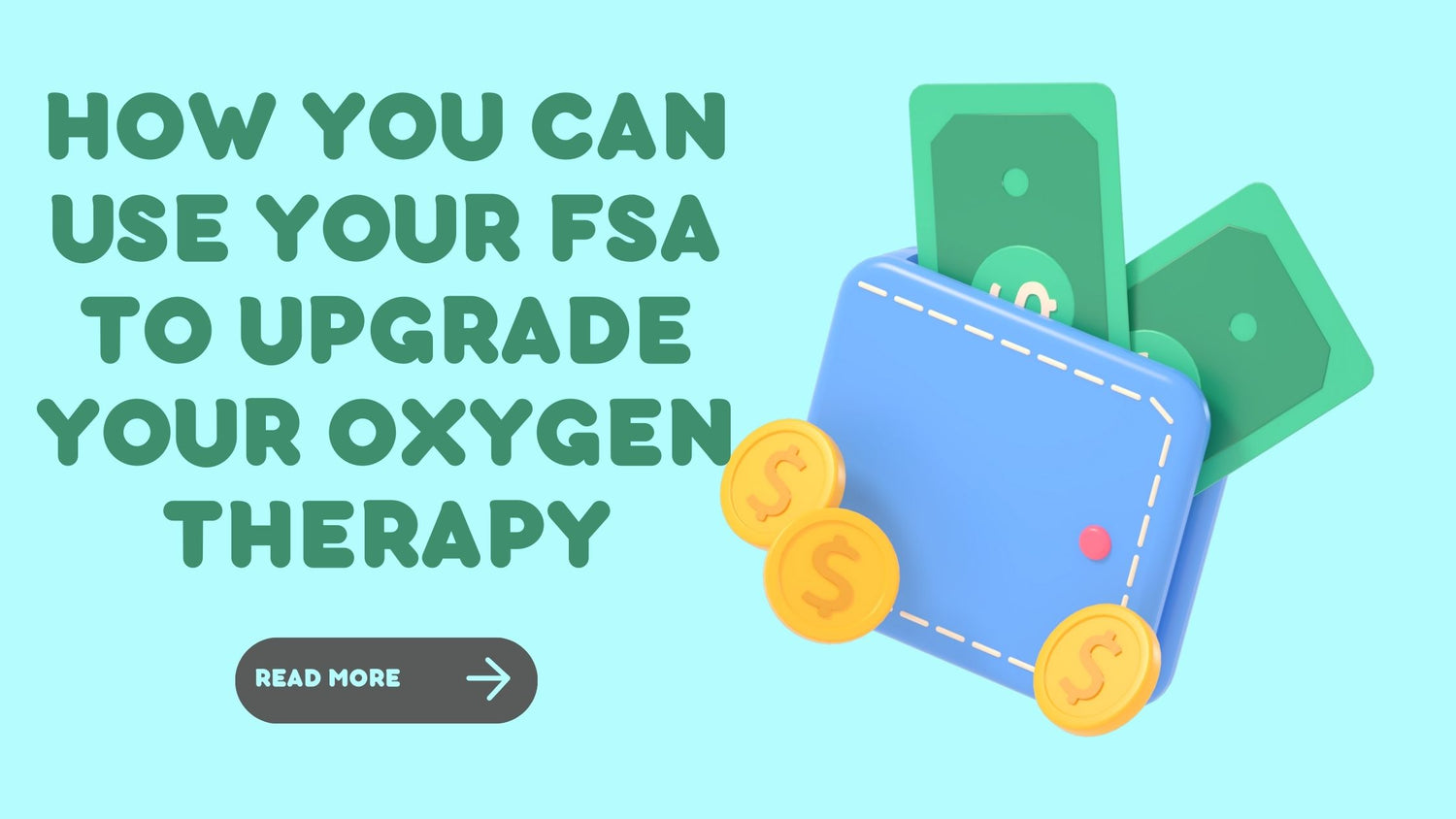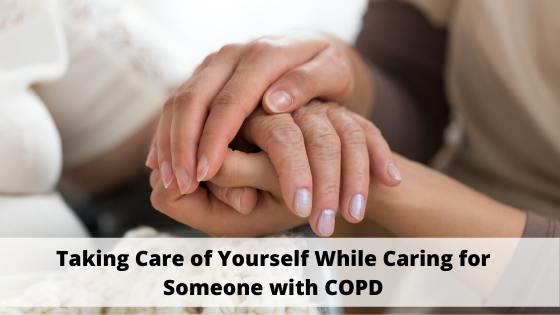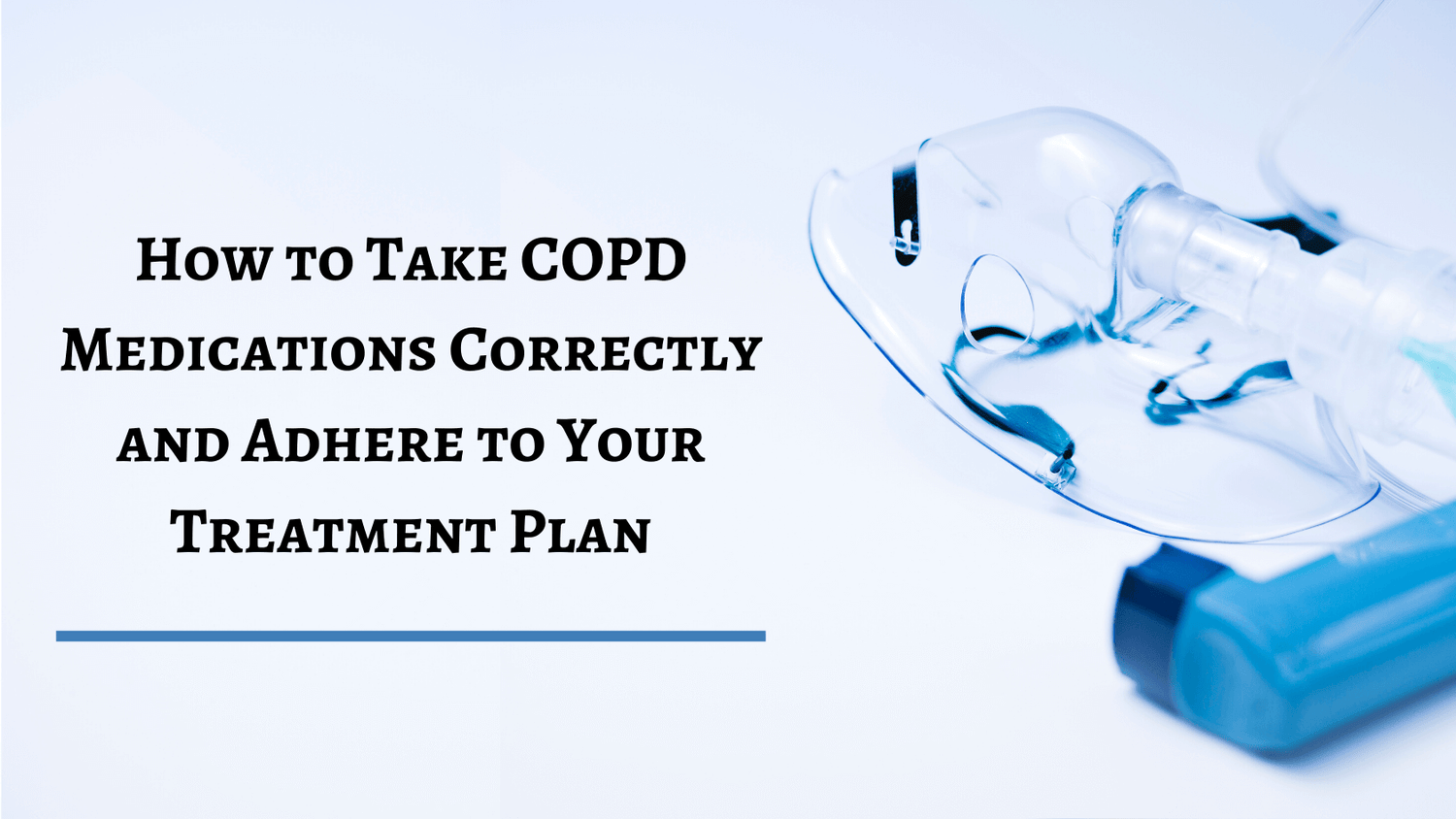Respiratory Resource Center - LPT Medical
How You Can Use Your FSA to Upgrade Your Oxygen Therapy
Flexible spending accounts (or FSA's) are a great...
Read MoreSurvival Tips for Caregivers: How to Take Care of Yourself While Caring for Someone with COPD
Being a COPD caregiver is no simple or straightforward...
Read MoreHow to Take COPD Medications Correctly & Adhere to Your Treatment Plan
If you have COPD, your number one responsibility...
Read More


